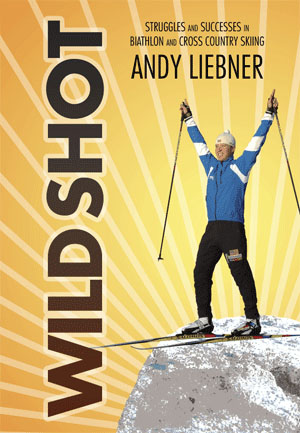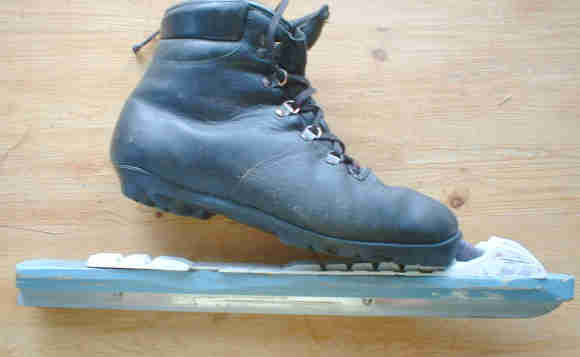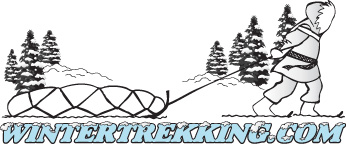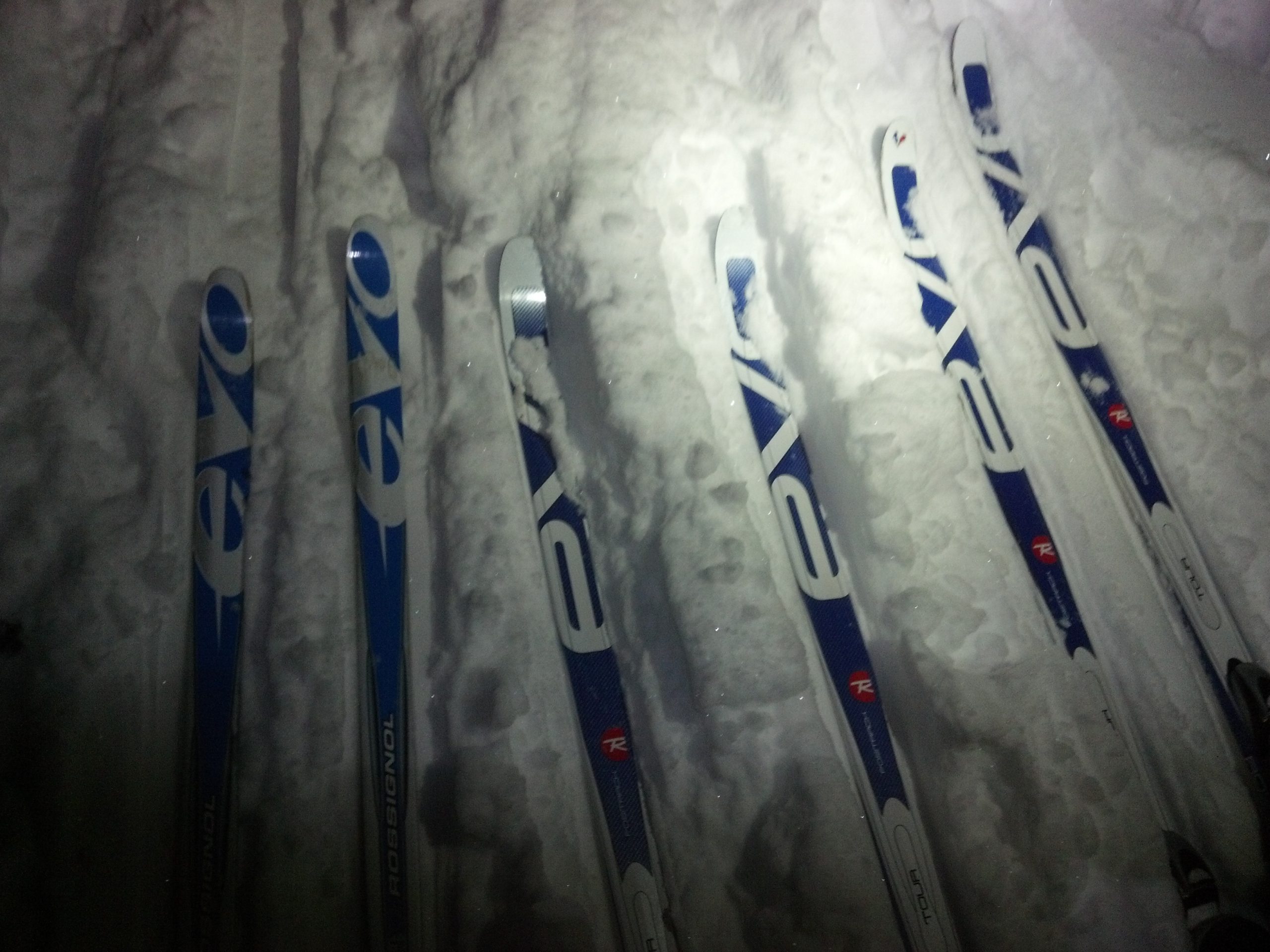It’s actually an old ski technique but I find myself using it fairly often these days, especially when touring in mixed conditions.
You could call it the Running Double Pole (RDP), Doublekick-Doublepole (DKDP), or even the Classic V1.
OK, in normal kick-doublepole (KDP), you kick then bring your feet together to glide then you pole. Thus in both DP and KDP there’s a
passive phase where your legs do nothing and you use your poles to propel your entire body weight. It’s great when you’re rolling fast or have a superstrong upperbody.
Well, I just discovered for myself this new middle gear! And it’s been
great fun! It tends to keep you in a more upright position but it JUST MIGHT have a racing application.
Here it is: Kick, then pole, then kick again with your other
leg as your poles pass your hips.
Another way to look at it: Start diagonal striding along without poles. Then change your arm-beat from diagonal swinging to DPing on one side, but keep diag-striding with both legs. Now add poles.
To me it seems to fit in the line-up like this: When you have lowest glide (up hills) you use Single Pole (SP—kicking and poling with one leg/arm at a time, the usual style). When you’re gliding more, like on a slight downhill, you can easily KDP. When moving even faster you DP. Well, my revived RDP/DKDP is good to use between SP and KDP.
Classic moves have parallels sometimes with the Skating side. RDP is kind of like Open-Field Skate. OFS has a phase where one side isn’t poling, so one can bog down with it—it’s used in fast conditions. When you start bogging down the next lower gear is V1. The new RDP is actually A LOT like V1 skating.
Actually, the new RDP might have other uses as well, I’m not sure. It does seem to provoke a weaker, more upright position with less weight transfer. But it’s also adding another power stroke, so maybe COULD be faster than KDP if used right or altered.
The snag in RDP is that the second kick is done when poling is halfway
thru. Both poling and second-kick thus end up without as much body weight help, initiation, follow-thru, or abandon—all signs of impaired weight transfer (which also shows how poling aides weight transfer affects kick).
A nifty angle is that it seems like RDP *might* be able to be used to teach classic-tourist skiers the basic idea of skating V1. V1 also involves kicking with both legs and DPing on one side. RDP is basically like a V1 except the skis are kept parallel and you use kick-wax and classic kicking. (A difference is that in RDP half the poling comes before the second kick, but with typical V1 poling and kicking happen close together. But a faster variant of V1 delays the kick—the one I call the Hang V1.)
RDP is also just plain a fun part of messing around with poling and kicking timing and tempo. It can open your eyes to the different things that are going on (or can go on) with all the various skate and classic moves and timings. For instance, there’s another old-fashioned move in classic where you double pump your double-pole without ever poling and just stride on thru the poling phase. And there’s a move where you ‘scissor’ your poles without planting them either. These are all ways to let you adapt to terrain without stopping your ski rhythm. I find that I do them quite often when touring, but I don’t see anyone else trying them. I’d read about them years ago but they also just seem to come naturally. I’ve heard that both kids and old-timers are seen doing them. I’ve also read that they came about due to the slow glide of wood skis—well, there are lots of times when even new skis are gliding slower, so these moves might be helpful. I know they’re fun!






